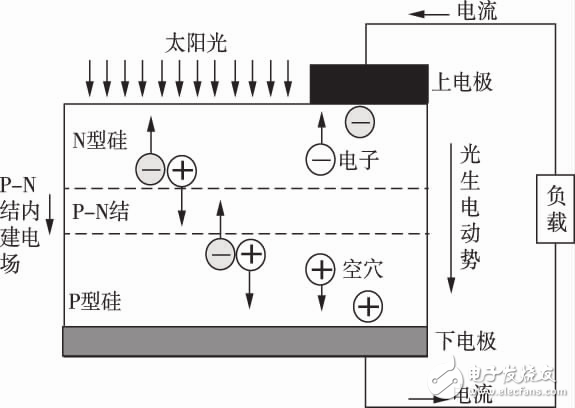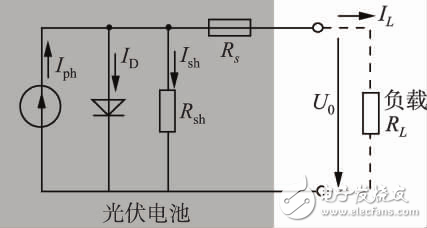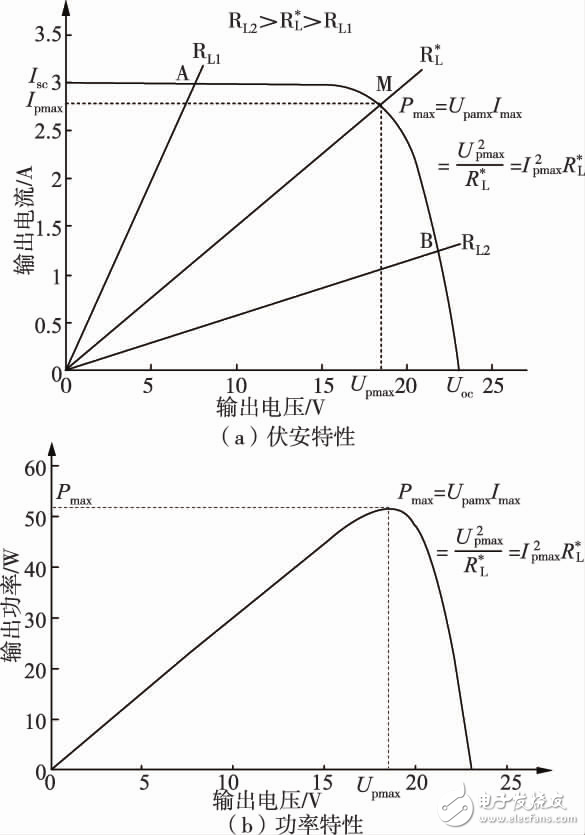As we all know, solar energy is an inexhaustible and huge amount of clean renewable energy. The radiant energy to the surface of the earth is equivalent to the energy of hundreds of millions of barrels of oil burning. The development and utilization of solar energy is gradually becoming a key development strategy. Thermal and solar energy utilization are two important forms of solar energy applications. “Photovoltaic power generation is a renewable and pollution-free power generation method that uses the photovoltaic effect of photovoltaic cells to directly convert solar light energy into electrical energy. It is developing rapidly around the world, and it not only replaces some fossil energy, but also will To become the main body of the world's energy supply is the focus of renewable energy development in the world. This paper describes the principle of solar photovoltaic cells, and summarizes the development status and development trend of photovoltaic power generation technology at home and abroad.
The principle and development status of photovoltaic cellsIn 1839, France's Edmond Becquerel discovered the "photovoltaic effect", that is, light can change the state of charge distribution inside the semiconductor material to generate electromotive force and current. A photovoltaic cell is an energy converter that converts light energy into electrical energy based on the semiconductor P-N junction receiving solar light to produce a photovoltaic effect. In 1954, G. of Bell Laboratories, USA. Pearson et al. invented a monocrystalline silicon photovoltaic cell, the principle of which is shown in Figure 1.

In Fig. 1, sunlight illuminates the surface of a photovoltaic cell, which absorbs photons with a certain energy, internally generates electron-hole pairs in a non-equilibrium state; under the action of an electric field built in the P-N junction, electrons and holes They are driven to the N, P regions, respectively, to form a photo-generated electric field opposite to the built-in electric field near the P-N junction; the photo-generated electric field cancels the excess portion of the P-N junction built-in electric field to make the P, N regions positive, Negative, then the photogenerated electromotive force from the N zone to the P zone is generated; when the external load is applied, a current flows from the P zone and flows into the photovoltaic cell from the N zone via the load. Figure 2 is the equivalent circuit of photovoltaic cell, where Iph is the photo-generated current proportional to the area of ​​photovoltaic cell and the irradiance of incident light (Iph value of 1 cm2 silicon photovoltaic cell is 16 ~ 30 mA); ID, Ish are respectively P - N junction forward current, leakage current; series resistance RS is mainly composed of battery body resistance, electrode conductor resistance, etc. (RS is generally <1 Ω); side leakage resistance Rsh is caused by unclean wafer edge or internal defects (Rsh Generally, it is a few kΩ); RL is the external load resistance, IL, UO are the output voltage and current of the photovoltaic cell respectively; when the load is open (RL=∞), UO is the open circuit voltage Uoc, which is inversely proportional to the ambient temperature, and the battery Area-independent (Under the spectral irradiance of 100 mW/cm2, the Uoc of silicon photovoltaic cells is generally 450-600 mV. The analytical model of the photovoltaic cell corresponding to Figure 2,

IL= Iph- ID- Ish
Iph= IscS/1 000+ CT(T - Tref)
ID= ID0(T/Tref)3e[qE/gnk(1/Tref-1/T)][ eq(Uo+ ILRS)/nkT-1]
Ish=(Uo+ IIRs)/Rsh
In the above formula, Isc is the short-circuit current (A) when RL = 0; T is the ambient temperature (K); Tref is the reference temperature (generally 298 K); S is the actual solar irradiance (W/m2); CT is the temperature coefficient (A/K); q = 1. 6 &TImes; 10-29C; k=1. 38 & TImes; 10-23J/K; n, ID0 is the diode emission coefficient, reverse current; Eg is a constant (V) characterizing the semiconductor band gap.
In practice, in order to meet the voltage and current required by the load, it is necessary to combine a plurality of single-cell photovoltaic cells with a small capacity into photovoltaic modules of several watts to hundreds of watts (the output voltage is generally in the range of ten to several tens of volts). Further, a plurality of photovoltaic modules can be serially connected in parallel to form a photovoltaic array. Figure 3 shows the simulated output characteristics of a PV module at an ambient temperature of 25 °C (T = 298 K) and solar irradiance S = 1 000 W/m2.

Figure 3 shows that there is a possible maximum power output operating point (Pmax = UpmaxIpmax) for a certain temperature and illuminance, but the actual operating point is the intersection of the volt-ampere characteristics of the photovoltaic cell and the volt-ampere characteristics of the load.
In Figure 3(a), the resistance load volt-ampere characteristics of three different resistances RL1, R*L, RL2 are given (RL1< R*L < RL2), which are three intersections with the volt-ampere characteristics of photovoltaic cells. , M, B are the corresponding 3 actual working points. Only when the load resistance RL= R*L, the photovoltaic battery operates at the maximum power point M, and outputs the maximum power Pmax (UpmaxIpmax). In fact, the short-circuit current of the photovoltaic cell is proportional to the irradiance. The open circuit voltage is inversely proportional to the temperature. The increase of the irradiance and the decrease of the temperature will increase the maximum power. Therefore, as the weather (irradiance, temperature) changes, The volt-ampere characteristics of the load are adjusted in real time to intersect at the maximum power output point of the volt-ampere characteristics of the photovoltaic cell to achieve "maximum power point tracking (MPPT)". Since the introduction of practical photovoltaic cells in 1954, crystalline silicon photovoltaic cells account for more than 80% of the total output of photovoltaic cells. The photoelectric conversion efficiency of widely used monocrystalline silicon photovoltaic cells is close to 25%; the photoelectric conversion efficiency of polycrystalline silicon photovoltaic cells is low. However, its material cost is low and it is expected to become one of the leading products. With the rapid development of the photovoltaic industry, thin-film photovoltaic cells with the advantages of low consumption of semiconductor materials, easy mass production, low cost, high conversion rate of low light, and easy integration of photovoltaic buildings have become the focus of research and development of second-generation photovoltaic cells. Among them, the laboratory efficiency of amorphous silicon thin film photovoltaic cells, which was introduced in 1976, has reached 12. 8%; the laboratory efficiency of copper-indium-selenide (CIS) polycrystalline thin-film photovoltaic cells emerging in the 1980s is close to 20%. In the 21st century, research on third-generation photovoltaic cells, such as laminates, glazing, and nano-photovoltaic cells, aimed at improving photoelectric conversion efficiency and reducing costs is on the rise.
When choosing wear parts and spare parts for your crush, think long-term. Our parts help keep your crusher working at peak performance because they are made to fit and function for just that.
The highest possible wear life is combined with mechanical reliability through the component life cycle. As production stops are very expensive, the manganese gyratory crusher wears are easy and quick to install.
Cone Crusher Part,Simple Crusher Frame,Pendulum Crusher Frame,Customize Crusher Frame
Shenyang Zhicheng Heavy Machinery Manufacturing Co., Ltd. , https://www.zhichengmachinery.com